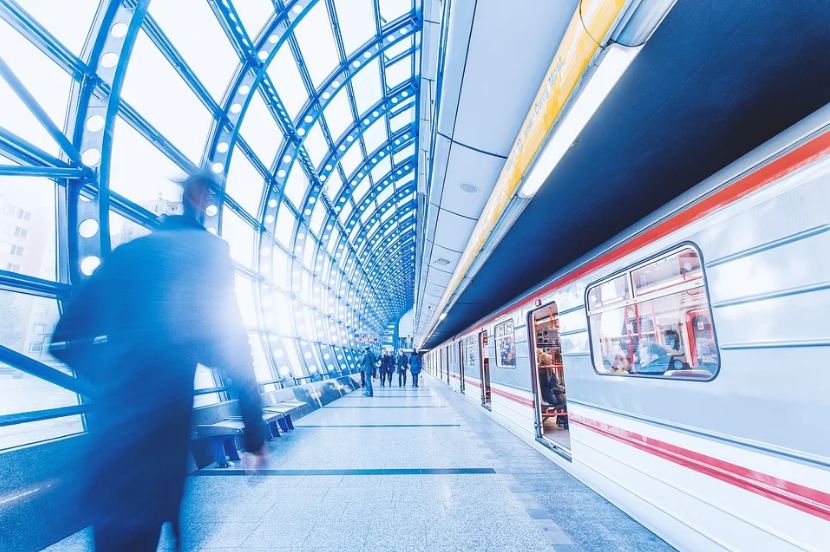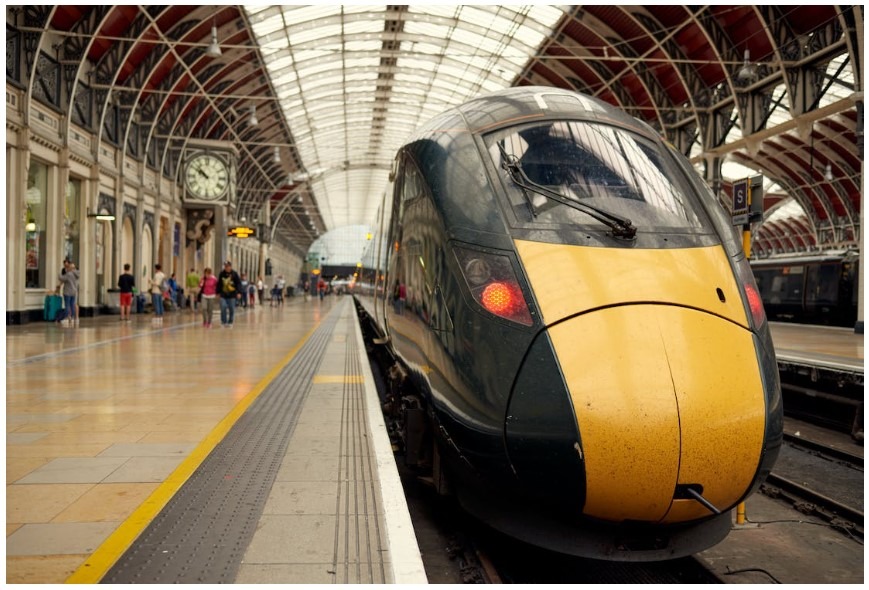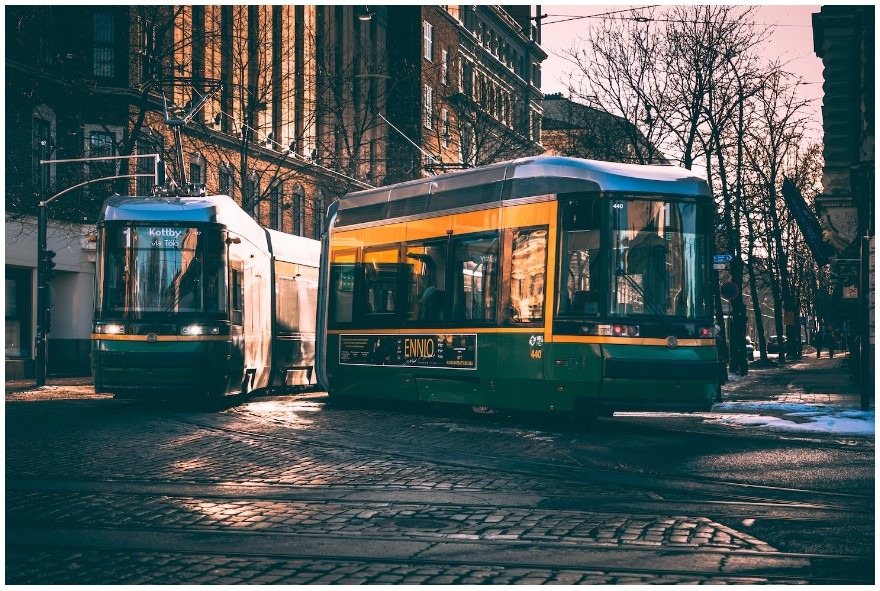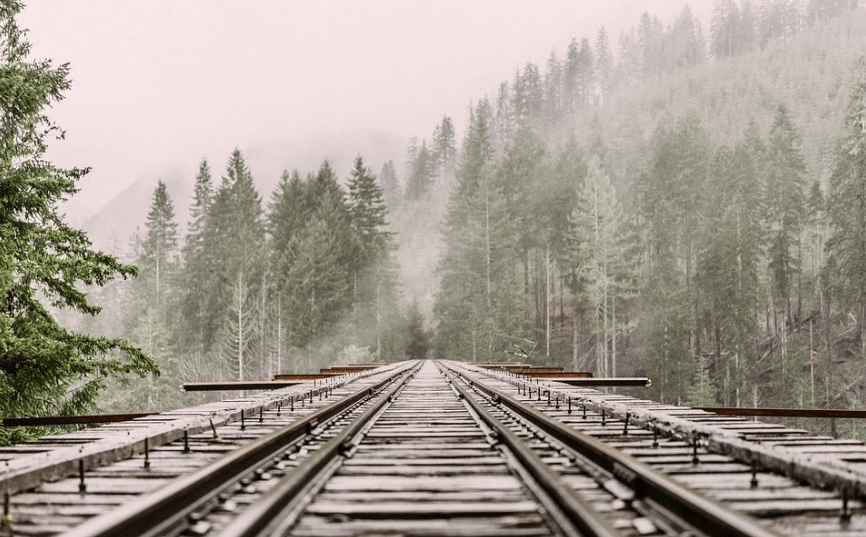Learn About the BHP Iron Ore Australian Train - The Longest Train in the World

BHP's record-breaking iron ore train will amaze you with its incredible 7.3-kilometer length. You'll find 682 wagons pulled by 8 synchronized diesel-electric locomotives, hauling 82,000 metric tons of iron ore through Australia's rugged Pilbara region. The 10-hour expedition from Mount Newman to Port Hedland plays a crucial role in Australia's economy and global steel production. This engineering marvel's story of innovation and precision holds even more fascinating details beneath the surface.
The Engineering Marvel Behind BHP's Record-Breaking Train
When BHP set out to create the world's longest train, they achieved an engineering feat that would redefine the limits of rail transport. This remarkable BHP Iron Ore train stretches an incredible 7.3 kilometers, featuring 682 wagons and 8 synchronized locomotives working in perfect harmony.
The engineering team skillfully coordinated the eight locomotives to guarantee smooth operation across varying terrains. This isn't just about breaking records - it's about pushing the boundaries of what's possible in rail technology. The train's success demonstrates how innovative engineering can overcome complex logistical challenges while supporting Australia's critical iron ore industry.
You'll be amazed by the technical precision required to operate this longest train, which carries 82,000 metric tons of iron ore across a challenging 275-kilometer route through Australia's Pilbara region. The train's streamlined shape design contributes significantly to its fuel efficiency and operational stability across the lengthy journey.
Journey Through the Pilbara: Route and Operations
The sprawling Pilbara region serves as the backdrop for BHP's record-breaking train as it winds through 426 kilometers of Western Australia's rugged terrain. You'll find this massive iron ore carrier making its way from Mount Newman to Port Hedland in just over 10 hours, showcasing remarkable operational precision.
The train's vital role in Australia's economy can't be understated - it's continuously transporting iron ore that's essential for global steel production. When you consider the scale and efficiency of this operation through the Pilbara region, it's clear why this train stands as a testament to modern engineering achievements.
What makes this expedition truly exceptional is the synchronized operation of eight locomotives working in perfect harmony to move the 7.3-kilometer-long train. As you'd imagine, this feat requires advanced technical skills and meticulous planning.
This impressive railway system demonstrates why rail transport efficiency has become essential for moving large quantities of goods over long distances while maintaining cost-effectiveness and reliability.
Breaking Down the Numbers: Train Specifications
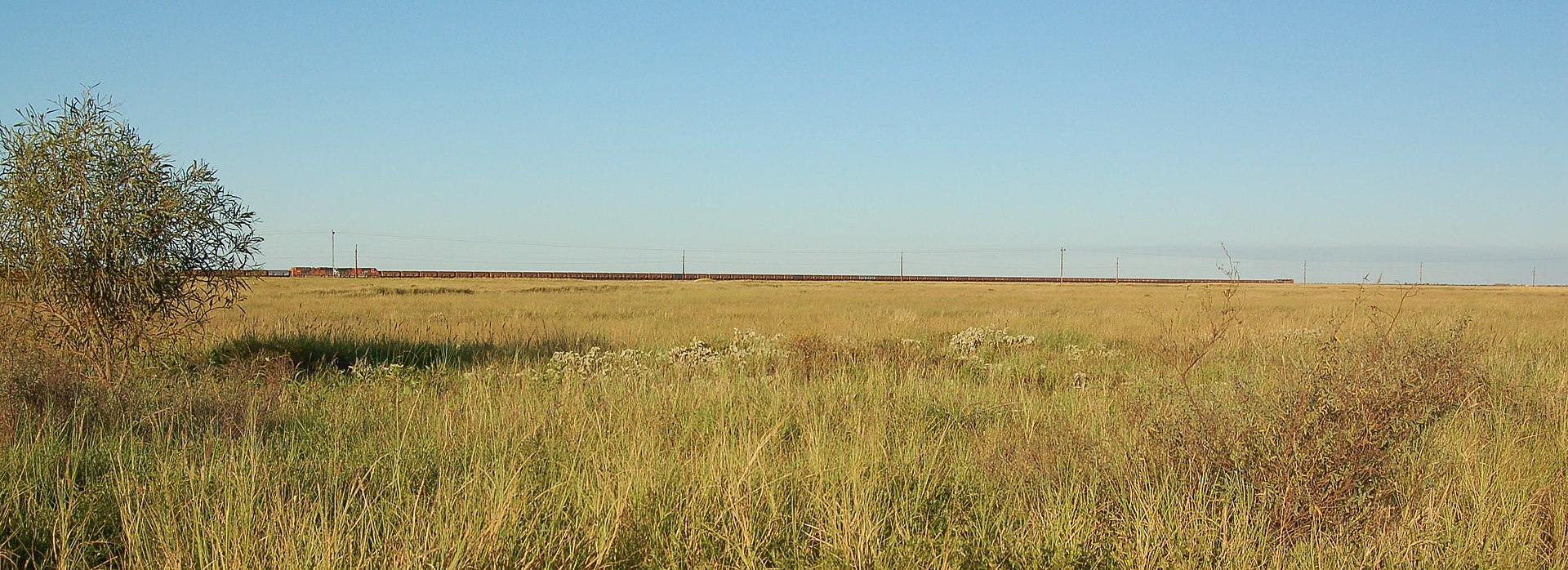
Image: Bahnfrend, BHPB long train, Port Hedland, 2012, CC BY-SA 3.0
Standing as a witness to engineering excellence, BHP's record-breaking train boasts specifications that'll leave you astounded. You'll find this Iron Ore giant stretching an incredible 7.3 kilometers, earning its place in the Guinness World Record books as the longest train ever built.
The train's mighty configuration includes 682 wagons pulled by eight General Electric diesel-electric locomotives. You'll notice these powerhouses strategically positioned throughout the train - three pairs and two singles - to effectively manage the train's movement.
When fully loaded, you're looking at the heaviest train in the world, with a staggering weight of 99,734 metric tons. The train's carrying capacity is equally impressive, allowing it to transport 82,000 metric tons of iron ore across its 275-kilometer passage.
Like many modern freight carriers, this marvel utilizes diesel fuel power to transport goods efficiently across vast distances.
From Mine to Port: The Logistics of Iron Ore Transport
Navigating Western Australia's rugged terrain, BHP's record-breaking train sets out on a noteworthy 275-kilometer expedition from the Newman and Yandi mines to Port Hedland. You'll find this massive iron ore transport system showcases precise engineering as it moves cargo through the outback.
The journey from mine to port follows a carefully orchestrated process:
- Eight synchronized diesel-electric locomotives power the 7.353 km train
- 682 ore cars transport the valuable iron ore cargo
- The train maintains an average speed of 27 km/h throughout the route
- The entire journey takes approximately 10 hours to complete
You're witnessing a masterpiece of logistics at work, as BHP's engineering expertise guarantees the efficient delivery of iron ore from inland mines to Port Hedland's export facility, preserving Australia's vital role in global mineral trade.
Global Impact and Economic Significance
Every year, BHP's record-breaking train serves as a vital economic engine for Australia's iron ore exports, powering the nation's position as a global steel industry leader. You'll find this engineering marvel transporting massive quantities of iron ore from inland mines to Port Hedland, where it's shipped to markets worldwide.
The train's unparalleled capacity has revolutionized Australia's ability to meet international steel production demands efficiently. You can witness how this exceptional railway system has transformed Australia's mining sector, earning global recognition and a Guinness World Record for its exceptional capabilities.
The train's success isn't just about breaking records; it's about enabling economic growth through innovative logistics. By maximizing transportation efficiency, BHP's iron ore train strengthens Australia's reputation as a reliable supplier in the global steel market.

